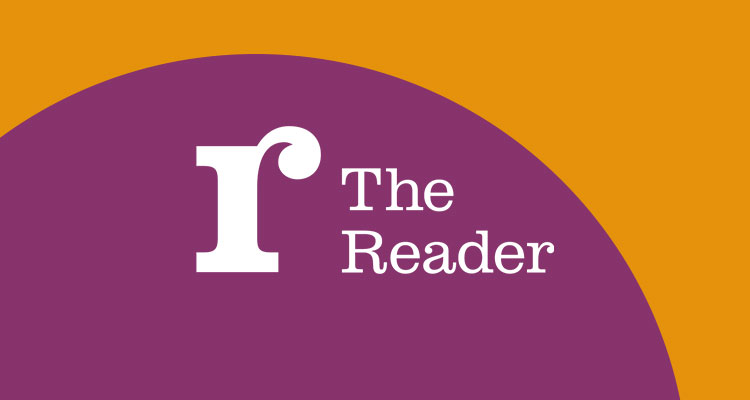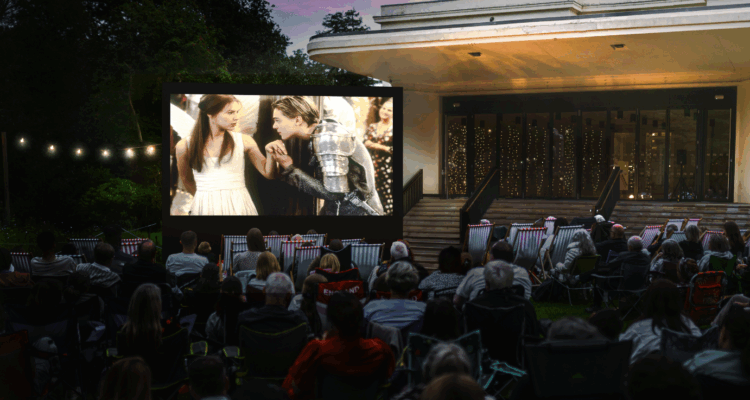Facing a Challenge
Mary Weston, a project worker with The Reader organisation's Get Into Reading project, describes the challenge of her work with young people excluded from school.
I am a Get into Reading project worker, and my job is to facilitate community reading groups. My groups tend to be with ‘difficult to reach’ clients: young people, homeless men, and recovering drug users. I don’t actually find the people I work with difficult; in fact I usually get on with them more naturally than I do with the general public, who scare me.
The most challenging group I have encountered has been the excluded students on the ‘Behaviour Improvement Programme’ at Tranmere Community Project. This is an age group (11–14) I’ve never worked with professionally before. You do encounter a lot of initial resistance: ‘I hate reading’, ‘Reading’s gay’. The composition of the group can change from week to week and ability levels vary. They are mostly boys. I actually find them easier, once you get past the macho posing. Girls tend to be more sophisticated in their resistance, and I suspect girls who reach the point of being excluded are more likely to be seriously disturbed. Some are bright and potentially ‘academic’, others bright but dyslexic, there are anger problems and attention-span problems, some are hungry for attention and some don’t want to know you. I really didn’t have much hope for this group.
Fortunately the ethos at the project is flexible. We agreed that the main aim was to give the young people a positive experience of reading, and that this wouldn’t be helped by forcing students to be there, or by making the sessions too long. I spent time before and after the groups sitting in the snack bar with them, or playing cricket. I learned that the books that worked were those that got moving quickly. As soon as they get hooked into wondering what happens next, a kind of trance descends on the group. It almost frightened me, the first time it happened: ten lads all turned towards me wide-eyed and on the edge of their seats.
The Barrington Stoke (website makes a sound specially to annoy you) series of books for young adults has been a really reliable source of texts. They deploy violence, crime, and other street themes to catch the reader’s interest, and they spring into action from page one. But the dilemmas they treat open up space for emotional and moral reflection; there’s an essential decency about them. I’d recommend them for any reluctant readers.
For the past couple of months I’ve been blessed with a fairly stable core of four or five lads who have come to tolerate and (dare I say it) even enjoy the weekly session. Because the group culture is now for rather than against reading, more aggressively resistant young people can be incorporated into the group without scaring the others off admitting they like it. The session length has stretched up to 45 minutes, and on occasion it has gone over the hour, when they are keen to finish something. Today’s my last day with them before they finish for the summer, and I’m feeling sad about it. Of course I hope they’ll go back to mainstream school and make a success of it next year, but I’ll be sorry not to see them again.
Mary Weston
Powered by Qumana
Share
Related Articles

Open Air Cinema and Theatre FAQ’s
If you were able to snap up tickets to our Open Air programme this summer, check below for any queries…

New Liverpool open air cinema brings movies to the Mansion
NEW FOR 2025: Eight handpicked films will hit the big screen in Calderstones Park this summer as national Shared Reading…

A breath of fresh air! This summer’s outdoor and cultural events at our Calderstones Park home
The Reader serves up a giant scoop of summer arts and entertainment from three special summer garden parties with special…


